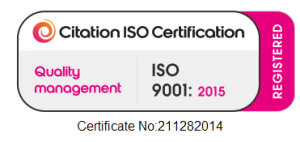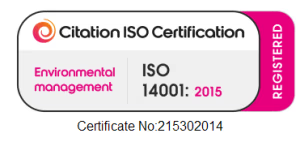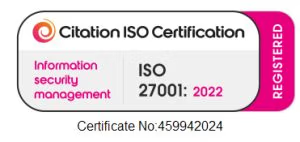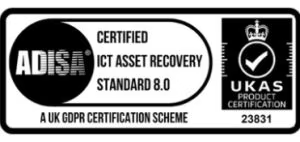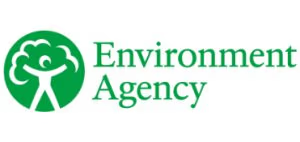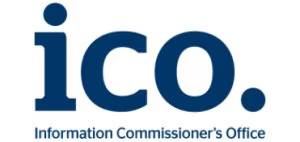Rethinking IT Asset Disposition (ITAD): The Reuse Revolution Driving Sustainability and ROI
The IT Asset Disposition (ITAD) landscape is undergoing a significant transformation, driven by a growing focus on sustainability and the circular economy. While traditional ITAD practices have often focused on recycling or disposal, a new wave of innovation is centred on reuse technology. This shift not only aligns with environmental goals but also unlocks substantial financial benefits for organisations.
The Rise of Reuse Technology in ITAD
Reuse technology encompasses a range of solutions that extend the lifecycle of IT assets, including:
– Refurbishment and Remanufacturing: Used devices are thoroughly tested, repaired, and upgraded to meet high standards, often with warranties.
– Data Sanitization: Cutting-edge software ensures complete erasure of sensitive data, mitigating security risks.
– Remarketing Platforms: Online marketplaces connect buyers and sellers of refurbished IT equipment, creating a thriving secondary market.
– Device-as-a-Service (DaaS): Subscription-based models offer flexible IT asset management, where providers handle maintenance, upgrades, and eventual disposal.
Key Trends and Best Practices
1. Prioritizing Reuse: Organizations are increasingly prioritizing reuse over recycling or disposal. This not only reduces waste but also generates revenue from the resale of refurbished devices.
2. Embracing Circular Economy Principles: The circular economy concept encourages keeping resources in use for as long as possible, minimising waste and maximising value. Reuse technology aligns perfectly with this philosophy.
3. Partnering with Reputable ITAD Providers: Choosing experienced ITAD partners with expertise in reuse technology ensures proper data sanitisation, secure remarketing, and adherence to environmental regulations.
4. Data Security as a Top Priority: Robust data sanitization processes are essential to protect sensitive information and maintain compliance.
5. Integrating Reuse into IT Procurement: Considering reuse options during the initial IT procurement process can optimise asset utilisation and reduce overall costs.
6. Measuring and Reporting Impact: Tracking key metrics like reuse rates, carbon footprint reduction, and cost savings helps demonstrate the value of reuse initiatives to stakeholders.
Benefits for Organisations
– Cost Reduction: Extending the lifecycle of IT assets through reuse significantly reduces the need for new purchases, saving organisations substantial amounts of money.
– Sustainability: Reuse technology minimizes e-waste, conserves resources, and reduces the environmental impact of IT operations.
– Enhanced Brand Reputation: Demonstrating a commitment to sustainability through reuse initiatives can strengthen brand image and attract environmentally conscious customers.
– Compliance with Regulations: Reputable ITAD partners ensure compliance with data protection and environmental regulations, mitigating legal risks.
The Future of ITAD
As technology continues to evolve at a rapid pace, the reuse market is expected to grow exponentially. With advancements in data sanitisation, refurbishment techniques, and remarketing platforms, organisations have more opportunities than ever to embrace reuse technology and reap its benefits.
By prioritizing reuse, companies can not only achieve significant cost savings and environmental benefits but also position themselves as leaders in sustainable IT practices.
The future of ITAD is undoubtedly circular, and reuse technology is at the forefront of this exciting transformation.
Click here for more on:
Data Erasure Services, Circular Economy Principles, Reuse Technology Group’s CSR Commitment
“In everything we do, we believe in developing a more sustainable world! We believe in growing the circular economy for the benefit of all. The way we do this is by inspiring businesses to realise more from the IT assets they rely on through reuse, recovery and ESG reporting initiatives”
Date: June 2024
Author: Darrel Arjoon



